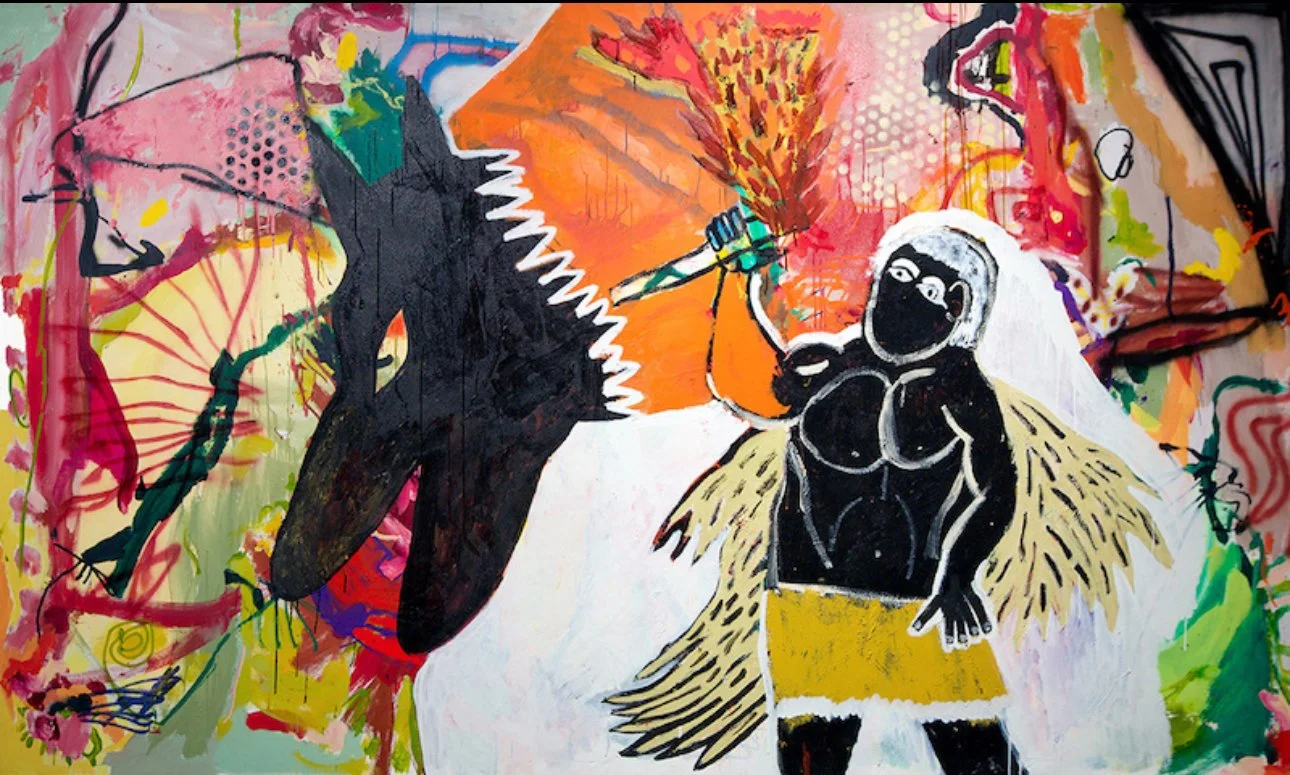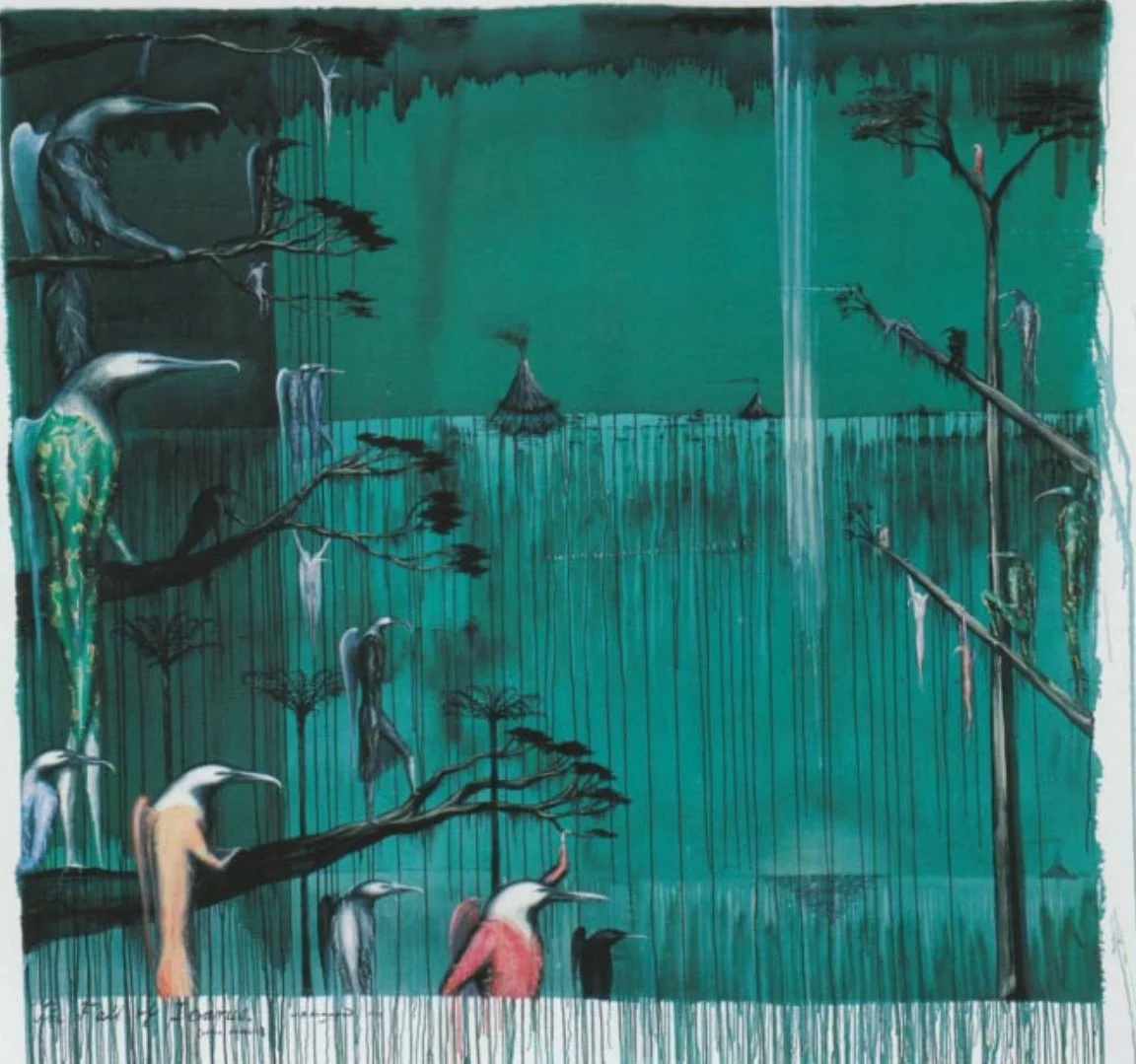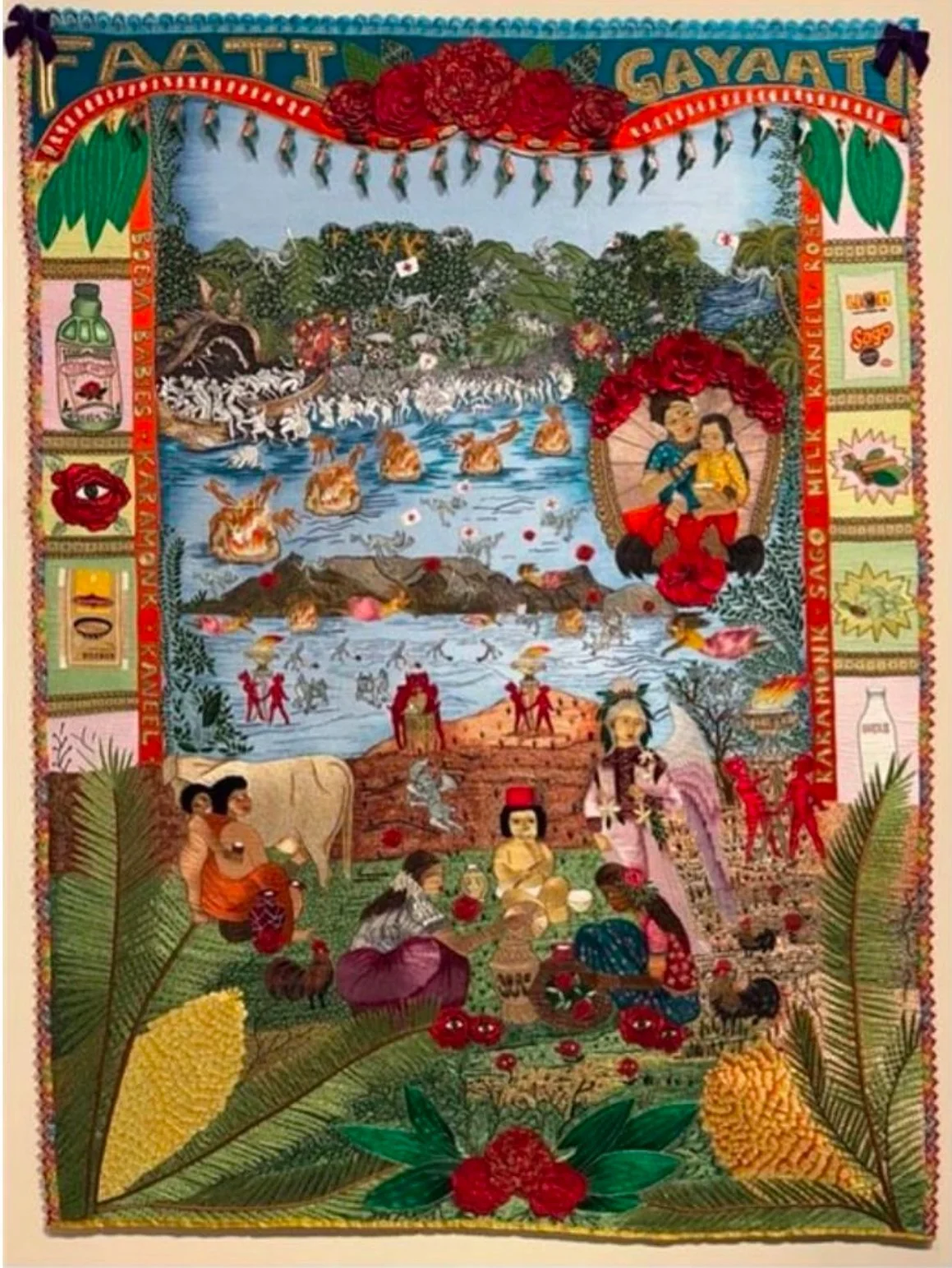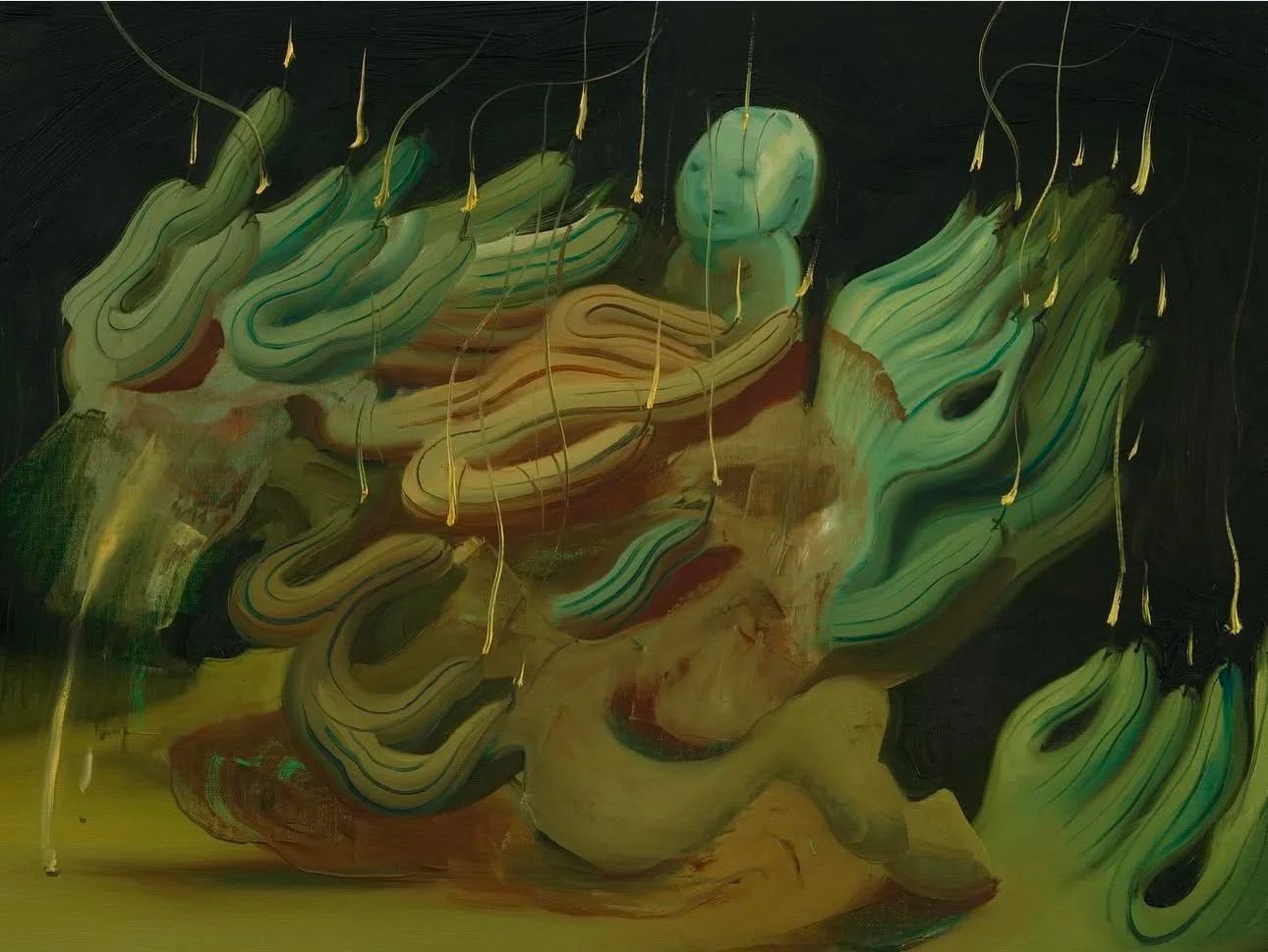Curatorial
-

Curating exhibitions
Steven Alderton’s curatorial practice is grounded in the belief that exhibitions are powerful tools for shaping cultural understanding, deepening connection and presenting new ways of engaging with art. His approach centres on curating as an interpretive and connective act, one that extends beyond the presentation of work to create meaningful experiences that reveal the complexity of identity, place and time.
Steven is particularly drawn to projects that explore the intersections of history and contemporary life, challenge dominant narratives and centre underrepresented perspectives. His work often investigates how art can illuminate social change, cultural memory and the evolving dynamics of place. Whether working within major institutions, regional galleries or unconventional public settings, Steven curates with intent, clarity and a strong sense of public value.
His exhibitions are conceptually rich and visually engaging, tailored to the unique narratives embedded in each collection, artist or cultural context. With a commitment to storytelling and cultural dialogue, Steven curates with a deep understanding of how art can illuminate identity, challenge assumptions and connect audiences with broader social and historical narratives.
With a curatorial philosophy anchored in storytelling and cultural dialogue, Steven designs exhibitions as frameworks through which meaning can unfold. He works closely with artists, institutions, collectors and communities to uncover the personal, political and cultural dimensions of each project. His exhibitions are conceptually rich, visually compelling and deeply responsive to context—carefully crafted through research, collaboration and a profound respect for both the artist’s voice and the audience’s experience.
Specialising in the art of the Asia-Pacific over the past century, Steven brings a regionally informed and globally aware curatorial voice to each project. He frequently transforms non-traditional and public spaces into platforms for engagement and discovery, sparking dialogue across cultures and disciplines. His exhibitions invite audiences to reconsider relationships between art, environment and society, and to reflect on the shifting cultural landscapes of the present.
Steven’s practice is deeply committed to equity, education and excellence. It is driven by care, curiosity and cultural responsibility, ensuring that each exhibition is not merely a moment of display but a lasting contribution to public life, one that fosters participation, embraces complexity and honours the richness of the contemporary condition.
-

Building collections
The development of public art collections plays a vital role in shaping the identity, memory and future of cultural institutions and the communities they serve. Collections provide more than just a record of artistic practice; they offer a curated lens through which civic values, histories, and aspirations are expressed. When built with care and vision, public collections can serve as anchors of cultural heritage, foster inclusive representation, and drive public engagement through storytelling, education, and access.
A well-structured collection begins with a clear understanding of its purpose and potential. Strategic planning is essential; collection assessments, acquisitions frameworks, and long-term plans help ensure that collecting activity aligns with institutional goals and the evolving needs of audiences. These frameworks provide curatorial direction, allowing institutions to acquire with purpose, reflect on past priorities, and actively shape the future of the collection. By identifying representation gaps, thematic focus areas, and underexplored narratives, institutions can develop collections that are more reflective, diverse and forward-thinking.
The process of acquiring artworks is underpinned by curatorial insight, research and contextual understanding. Each acquisition is supported by a strong curatorial rationale that considers the cultural, historical and social significance of the work within both local and global contexts. Rather than simply accumulating works, public collections are curated over time to tell stories, foster dialogue, and support civic education. They become living, growing bodies of knowledge that reflect who we are, where we’ve come from, and where we’re heading.
Public collections also benefit from meaningful partnerships with artists, galleries, donors and communities. These relationships are essential for sourcing significant works, supporting contemporary practice, and maintaining ethical standards in acquisitions. A dynamic and responsive approach to collecting ensures that public institutions can remain relevant, representative, and connected to the people they serve.
Ultimately, public collections are a shared cultural resource. They enrich civic life by embedding art within the public realm, offering spaces for reflection, imagination and collective memory. When built through collaborative and strategic curatorial leadership, they strengthen the institution’s identity, foster cultural inclusion, and provide enduring value for generations to come.
-

Support from Art Funds
Art funds can serve as powerful tools for individuals, families and aligned philanthropists to support public art museums, cultural institutions and the growth of public collections. These structures enable strategic cultural investment, allowing donors to contribute to acquisitions, curatorial initiatives and institutional development while maintaining clear governance and oversight.
Art funds may take the form of sub-funds, Private Ancillary Funds (PAFs), or Public Ancillary Funds (PuAFs), each offering different levels of flexibility, reporting and philanthropic reach. These structures allow donors to align their giving with long-term institutional goals, support specific artistic or cultural themes, and create a lasting legacy through strategic collection development and public programming. They also encourage collaborative models of philanthropy, fostering partnerships between donors, public institutions and other stakeholders to amplify impact.
Closed-end art funds can also be established with a focus on acquiring artworks for eventual donation or public benefit. Typically, these operate over a fixed time frame, often requiring long-term capital commitments from participants. Investments are made over several years, with acquisition strategies shaped by curatorial priorities and institutional needs. These funds are generally illiquid, with staged drawdowns and limited resale, but offer long-term cultural return through the enrichment of public collections.
By supporting art funds and philanthropic vehicles of this nature, donors can play a meaningful role in shaping the future of cultural institutions, expanding public access to art, and supporting the careers of artists across generations. These mechanisms provide a structured, transparent and impactful approach to cultural philanthropy.
-

Artist estates
It is never too early for artists to begin planning for the future of their work and legacy. Establishing a clear and thoughtful approach to an artist’s estate can ensure that their creative vision continues to be honoured and shared long after their lifetime. Artists are encouraged to speak openly with family members, partners, and close friends about their wishes, values and the long-term care of their body of work.
Early planning allows artists to take an active role in shaping how their work will be managed, exhibited, sold or preserved. This might include preparing a catalogue raisonné, documenting significant works, appointing trusted individuals to oversee the estate, or considering the future creation of a foundation. By initiating these conversations and putting structures in place, artists can reduce uncertainty and ensure that those closest to them are informed, empowered and equipped to uphold their legacy with clarity and confidence.
Proactive estate planning also opens the door to exploring legal, financial and curatorial options, such as bequests to public institutions, donation strategies, or establishing a trust or foundation to support future projects. These steps not only protect the integrity of the artist’s work but also enable it to continue inspiring audiences and contributing to cultural history for generations to come.
Artists who begin this process early can ensure their legacy is preserved with care, intention and meaning, reflecting their voice, their values and the impact of their creative life. [artwork, Bill Hammond]
-

Artist career development
There are many ways to build a career as an artist beyond the traditional gallery model. Artists today are increasingly exploring alternative paths to develop their practice, reach audiences, and sustain their careers on their own terms. These include opportunities such as public art commissions, creating digital or blockchain-based artworks, participating in artist-run initiatives, and exhibiting in non-traditional or self-organised spaces.
Opening an artist-run gallery, joining a group studio, or establishing a collective are all viable ways to create visibility, not only for an individual practice but also to support peers and contribute to a wider artistic community. Many artists now combine studio work with curatorial projects, community engagement, or digital production, expanding their presence across disciplines and platforms.
Some artists build practices focused on ideas and public impact, realising large-scale installations, socially engaged projects, and community-driven works that bring artistic vision into public life. These forms of practice are often supported by government grants, philanthropic foundations and private benefactors who recognise the value of cultural and social contribution.
Artists also participate in major international exhibitions such as biennales and triennales, where their work is presented within global dialogues and funded by museums, cultural institutions and commissioning bodies. These platforms offer visibility, collaboration and long-term career development across continents.
Digital technologies offer additional ways to circulate and sell work, from online exhibitions and blockchain art to platforms like Instagram, where artists regularly showcase and sell their work directly to collectors.
Building a career in the arts is not limited to one path. By exploring a range of approaches', collaborative, conceptual, entrepreneurial or community-focused artists can shape careers that reflect their values, creativity and long-term aspirations in an evolving cultural landscape. [artwork, Thania Petersen]
-

Artist commissions
Commissioning an artist to create a new work is a powerful way to support artistic practice while contributing to the cultural and social life of a place. Unlike purchasing an existing artwork, commissioning allows individuals, institutions and communities to invest in the development of a unique, site-responsive or concept-driven project. The result is often a work that delivers artistic depth, community engagement and lasting legacy.
Commissioning can take many forms, from permanent public artworks and temporary installations to socially engaged projects, performance, digital works and integrated design collaborations. Whether led by a council, institution, private collector or developer, the commissioning process requires careful planning, clear communication, and mutual respect between all parties involved.
Why Commission Art? It supports artists in creating ambitious, context-specific projects aligned with their practice. It offers commissioners direct involvement in the creative process and outcomes. It results in public value, community benefit and long-term cultural legacy, and it creates distinctive, transformative art experiences rooted in place and meaning.
A Staged Process for Commissioning Art:
1. Project Brief and Scope
Begin with a clear purpose: Is the commission permanent or temporary? Will it respond to a site, community or theme? Define the goals, available budget, timeline, location and stakeholders involved.2. Artist Selection
Artists may be selected through an Expression of Interest (EOI), open call, direct invitation or curated shortlisting. Selection should consider the artist’s alignment with the project's intent, as well as their experience, conceptual approach and ability to deliver.3. Concept Development
Once appointed, the artist is typically commissioned to develop a concept proposal. This stage may include preliminary sketches, written ideas, site visits and community engagement. Feedback is gathered from key stakeholders before moving forward.4. Design Finalisation and Approval
After concept endorsement, the artist develops a detailed design including materials, dimensions, fabrication plans and installation methodology. This stage often includes engineering review, risk assessment, and heritage or planning approvals.5. Contracting and Agreements
A formal contract outlines roles, responsibilities, milestones, budget breakdowns, copyright, insurance, and ownership. Clear agreements ensure transparency and accountability across the life of the project.6. Fabrication and Production
The artist begins fabrication, often working with specialist fabricators or production teams. Regular check-ins ensure the work progresses on time and within scope. Any changes must be documented and agreed upon.7. Installation and Delivery
The completed work is transported and installed on-site. This phase includes site preparation, safety checks, and coordination with builders, engineers or council teams. A formal handover follows completion.8. Launch and Documentation
A public launch, unveiling or exhibition marks the completion of the project. Documentation is key, capturing the process, outcomes and reflections in photography, video or print formats adds value to the work and its legacy.9. Maintenance and Legacy
For permanent works, a maintenance and conservation plan should be agreed upon. Long-term care ensures the work continues to engage audiences and uphold the artist’s vision. [artwork, Dominique Fung]